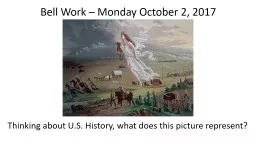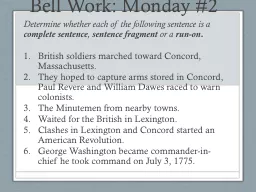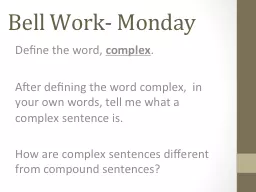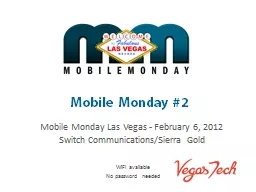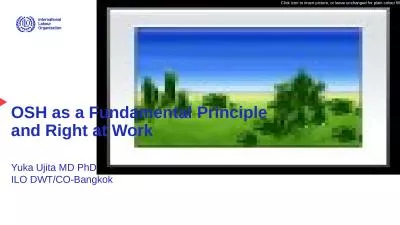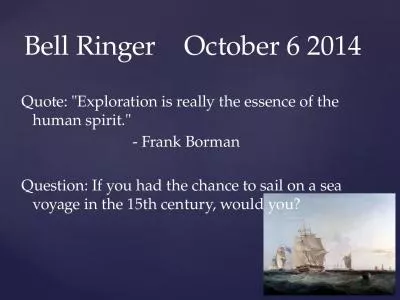PPT-Bell Work – Monday October 2, 2017
Author : cheeserv | Published Date : 2020-06-22
Thinking about US History what does this picture represent Manifest Destiny a term for the prevalant attitude during the 19 th century period of American expansion
Presentation Embed Code
Download Presentation
Download Presentation The PPT/PDF document "Bell Work – Monday October 2, 2017" is the property of its rightful owner. Permission is granted to download and print the materials on this website for personal, non-commercial use only, and to display it on your personal computer provided you do not modify the materials and that you retain all copyright notices contained in the materials. By downloading content from our website, you accept the terms of this agreement.
Bell Work – Monday October 2, 2017: Transcript
Download Rules Of Document
"Bell Work – Monday October 2, 2017"The content belongs to its owner. You may download and print it for personal use, without modification, and keep all copyright notices. By downloading, you agree to these terms.
Related Documents

